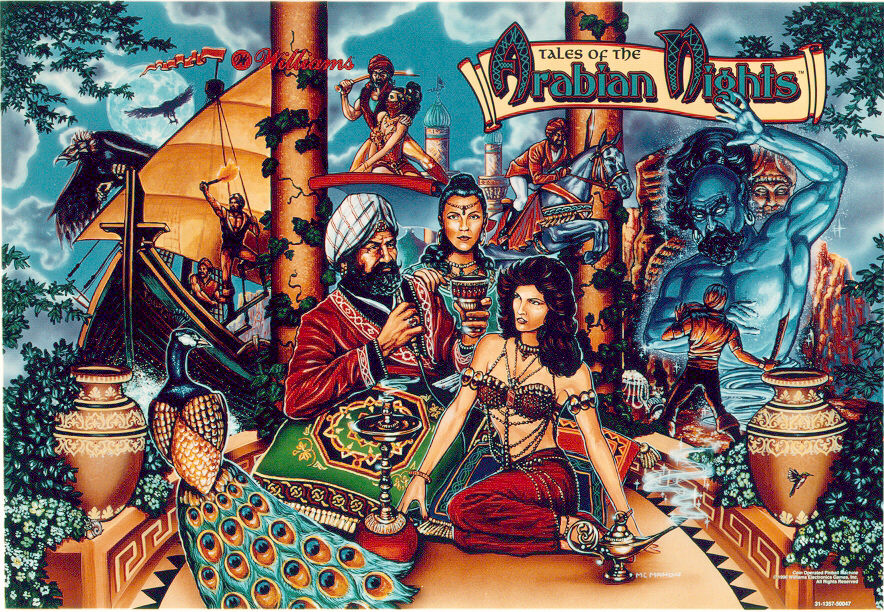

My version presents separate columns for each of the three Penguin Classics volumes, but could just as easily have been a single long list.Īs you will see, the aesthetics of my visualisation leaves a lot to be desired. I used this data to generate a simple webpage. (Given more time, I might have also listed the number of bytes that each story consumes when rendered the HTML format found on the Project Gutenberg editions). The sheet also lists the number of Nights that a story spans, and also the number of pages the story covers in the Penguin Classics edition. whether they are told directly by Shahrazad, or one of the characters within one of her stories). I used the same list to create a rudimentary visualisation of the stories: their relative sizes, and how they nest within one another.įirst, I created a spreadsheet ( Arabian_Nights_Contents.csv, 18KB) which lists the stories by ‘level’ (i.e. I thought I may as well post on the site, and it is pasted below. This is derived from the indices at the back of the three volumes of the Penguin Classics editions. Also, read Tale Of The Vizier And The Sage Duban.To help plan my recaps, I created a list of every story in The Arabian Nights. He takes the slave to the caliph and finally solves the case. He finally realizes it was his slave all along. Upon inquiring, the Wazir finds that it was his own slave that sold the apple to his daughter. On the day of the execution, when the Wazir was bidding his family goodbye, he finds that his daughter had an apple which matched the description given by the young man. Yet again the Wazir fails to find the slave. And if the Wazir shall fail to do so, the Wazir would lose his head. Furthermore, he orders his Wazir to find the slave who stole the apple. However, the caliph does not do so out of sympathy for the man. Now, the young man, burdened by guilt asks the Caliph to execute him. When all had been done, the young man finds out that, his son had stolen one of the apples and a slave had snatched the apple from him and run off. Then he closed her in a chest and threw the chest in the Tigris river. The young man went home and found that there were only two apples. He suspected his wife for unfaithfulness. Now, the young man knew those apples could not be found in his city.

He told the young man that his girlfriend had given it to him. So, he stopped the guard and asked where did he get the apple from. There he saw a guard walking by his shop with one of the apples he had gotten for his wife. So, he left the apples there with her and returned to his shop. You may also like to read, The Hunchback’s Tale. When he came back, he found that his wife could not eat anything. So, the young man journeyed for two weeks and in the caliph’s orchard in Basar he found the apples he was looking for.

One day, his wife fell ill and she desired to eat some rare apples. The young man describes his wife as a faultless wife and a good mother of his three children. So, the young man tells him of the incidents that led to the crime. Now, the caliph demands to know the reasons behind such heinous crime. And the old man is the father of the woman. After much arguing, the young man reveals that he is the husband of the dead woman. They argued with each other and called each other liars. These two men, one young and one old, claimed to be the murders.


 0 kommentar(er)
0 kommentar(er)
